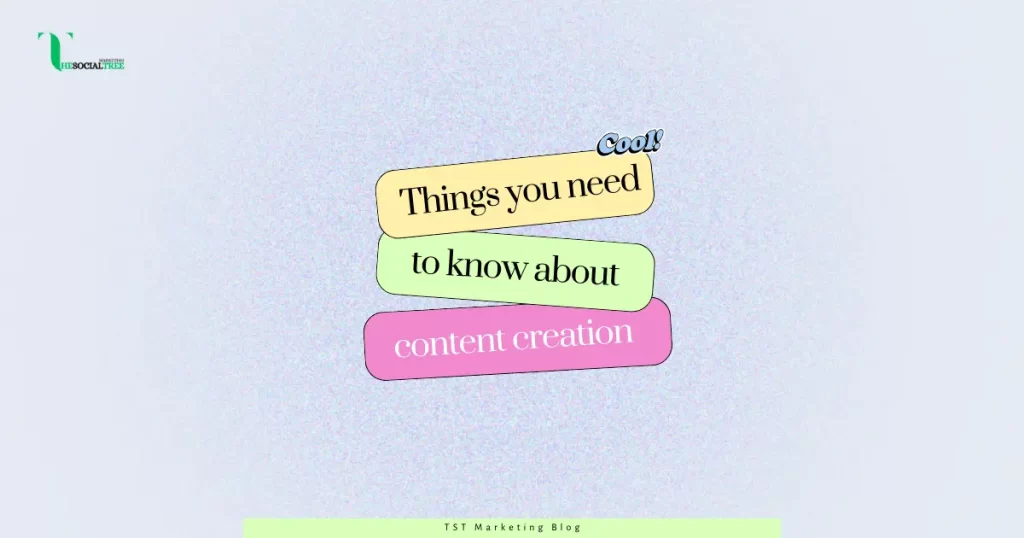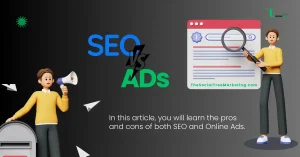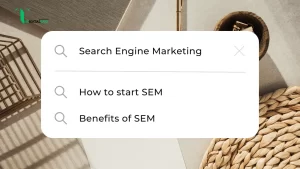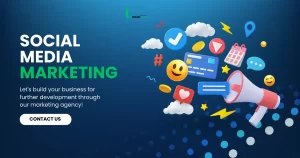Before computers and smartphones, people communicated in simpler ways. They drew pictures on walls, describing something through images. With time, they developed writing systems.
Moreover, Hieroglyphics, in Egypt, and cuneiform in Mesopotamia etc were writing systems. These forms of content creation enabled people to record information and share stories. The internet became a global network and connected people from all corners of the earth. Content creation came to a new stage with the advancement of social media platforms.
Now, everyone with an internet connection can create and share content with a click. In this modern world, content creation showcases humanity’s enduring desire to communicate, connect, and share experiences with one another.
“Content is the Emotional and Informational Bridge between Commerce and Consumers”
By: jay Baer
Table of Contents
ToggleWhat is Content Creation?
Who are content creators?
Types of Content Creation
Content can take various forms or types. It may be a video, audio, image, blog post, or visual. Each form of content provides unique benefits. Additionally, it can be used to engage the audience in different ways.
Content creators usually combine different formats to create inclusive and engaging experiences for their audience. Let’s elaborate on different types of content creation.
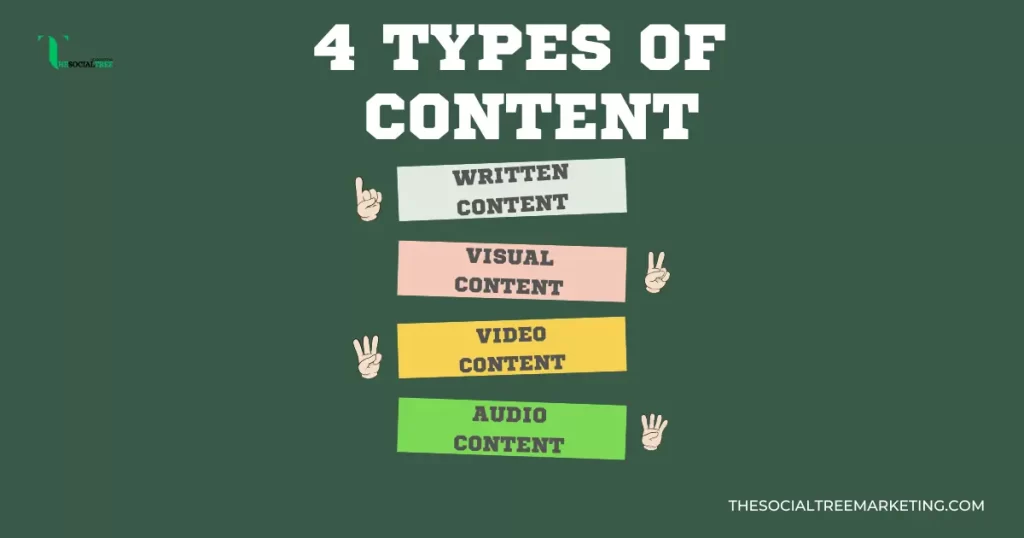
1. Written Content
It is a very common type of content creation. It includes articles, blog posts, social media updates, and e-books. All these forms of written content creation are given below:
- Articles
A written piece that provides information, analysis, and opinions on a specific topic is known as an article. Articles are distinct in length and format, ranging from new articles to feature stories.
- Blog Posts
Regularly publishing articles on a website in a conversational tone is called blogging. These blog posts can cover many topics and usually involve personal experiences.
- Social Media Updates
Users share short-written updates with their followers using different social media platforms. Facebook, X, and Instagram are the most common examples of it. These updates can involve text, links, Hashtags, and mentions.
- E-Books
EBooks are electronic books. These books are longer-form written content that is often available for download and purchase. These books are used for educational and promotional purposes. Additionally, e-books can cover numerous subjects.
2. Visual Content
Visual content may involve images, graphics, videos, and many other visual elements. Visuals are used to convey information and call up emotions. Some examples of visual content are described below:
- Images
It includes pictures and photographs. Images are used to transmit information and call up emotions. Blog posts, social media updates, and websites are also visual content.
- Infographics
A visual content that combines text and visuals to present complex information is known as infographics.
- Memes
Memes are funny videos, images, or pieces of text that are shared rapidly across the internet. Memes are well-liked on social media platforms. Moreover, memes convey inside jokes and cultural references.
3. Video Content (it is also belongs to visual content but it is a big category)
A type of content that is in the form of video is called video content. Video content can be created in various forms such as vlogs, tutorials, animation, and TV shows, etc. Now, discuss in detail:
Vlogs
Vlogs are video blogs that capture a person’s daily life, experiences, and opinions. Additionally, vlogs are informal and involve footage of everyday activities and special events.
Tutorials
Tutorials are an informative and effective form of video content. Tutorials include educational lectures, cooking recipes, fixing problems, or using a software program. Furthermore, tutorials provide step-by-step guidance on how to do something.
Animation
Animated content includes videos that use illustrations, graphics, and motion to tell a story and convey information. Additionally, animations are used for complex concepts.
4. Audio Content
Such content you listen to rather than watch is known as audio content. Audio content is also very popular. Additionally, it can be found in different forms, like podcasts, interviews, and music.
Podcast
Audio shows and series are known as podcasts. These shows or series cover a lot of topics. Podcasts may include news, storytelling, interviews, and educational content.
Music
Songs, albums, playlists, and music videos are included in audio content. Besides, Spotify, Apple Music, and YouTube are some streaming platforms of music.
Interviews
This is the conversation between the host and guest. In this type of audio content, they cover numerous topics like business, entertainment, sports, and personal development.
In brief, each type of content creation has its benefits. These types are used by content creators to reach and engage the audience effectively. Moreover, content in any form can be a great source of knowledge as well as a way to share information quickly.
Furthermore, it is very important to figure out your purpose for content creation and your target audience as well. Different strategies can be used to create quality content that strongly matches your target audience.
Tips for content creation strategies
1. Understand Audience
It is very essential to understand your audience for effective content creation. Understanding your audience is like realizing who your friends are. In addition, you should be aware of their desires, what they like, and do not like.
Moreover, there are many sources for getting information about the audience. These sources include conducting surveys to get feedback, analyzing data from websites, and engaging with the audience through comments or messages.
2. Consistency
Consistency is like a promise to your audience. It is very essential to deliver content regularly if you want your audience to keep coming back. Consistency helps to establish trust and expectations.
Additionally, it can be achieved by setting realistic goals, sticking to a consistent tone, and creating a content calendar to plan your posts. Consistency is a key element in effective content creation.
3. Quality over Quantity
Quality makes your content stand out. It is also a secret ingredient. There are a lot of things that contribute to the quality of your content. Besides, the quality of your content should be high, no matter how long or how short.
Characteristics of quality content.
- First, provide value to your audience by addressing their needs, interests, and pain points.
- Secondly, your content should be well-researched and free of errors.
- Thirdly, involve engaging visuals, such as high-quality pictures and videos.
- Last but not least, encourage interactions and discussion among your audience.
Thus, you can create effective and valuable content that resonates with your audience, drives engagement, and achieves your goals by implementing these strategies.
Conclusion:
Content creation is a powerful and valuable element in digital marketing. Content can shape and enrich your online interactions. Moreover, the journey of content creation is about producing material. It is also about understanding your audience, their needs, and their desires. Consistency and quality are guiding factors in this endeavor.

